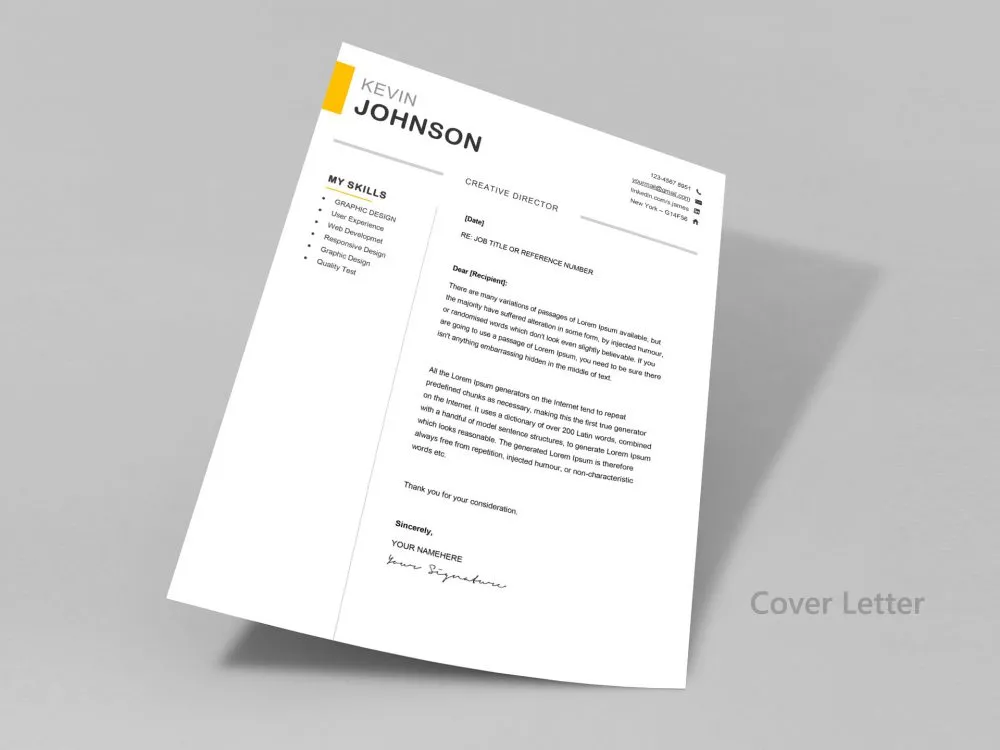Cover Letter Basics
A cover letter is an essential document that accompanies your resume when applying for a job. It serves as your introduction to the hiring manager and provides an opportunity to showcase your personality, skills, and enthusiasm for the position. Writing a compelling cover letter can significantly increase your chances of landing an interview. This guide will provide you with simple steps to create an effective cover letter that will make you stand out from the competition. Crafting a cover letter is like putting together a puzzle it has several pieces to create a stunning picture of your capabilities, experiences, and goals.
Cover Letter Purpose
The primary purpose of a cover letter is to persuade the hiring manager to read your resume and consider you for the job. It allows you to elaborate on your qualifications, explain why you are a good fit for the company and the specific role, and demonstrate your writing and communication skills. A well-written cover letter can highlight your key achievements, provide context for your resume, and express your genuine interest in the opportunity. It bridges the gap between your skills and the job’s requirements, making a compelling case for your candidacy. The cover letter gives you the opportunity to emphasize the impact and value you can bring to a potential employer.
Cover Letter Structure
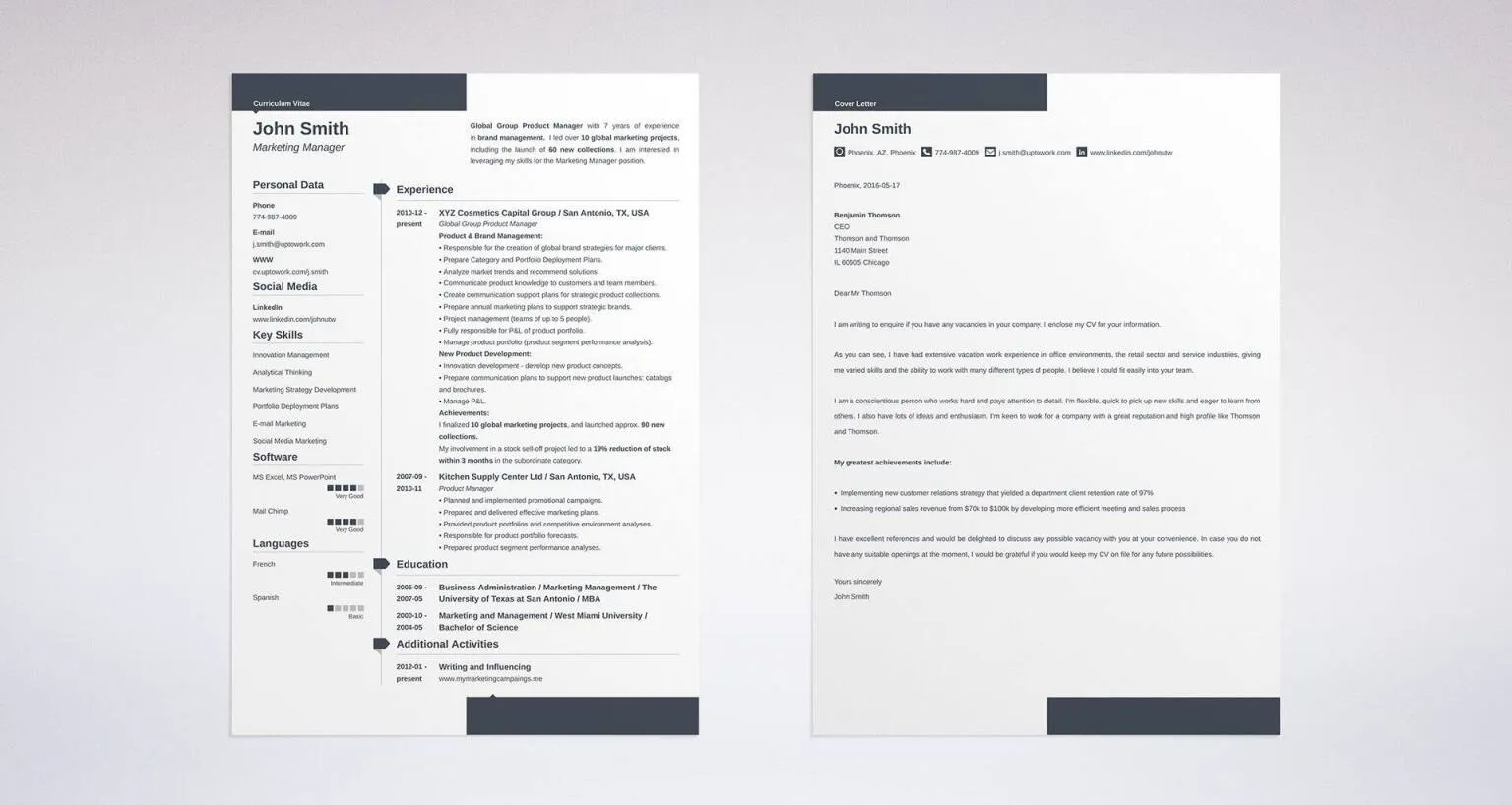
A standard cover letter typically includes a header, a greeting, an introduction, body paragraphs, a closing paragraph, and a closing. Each section plays a crucial role in conveying your message effectively. A well-structured cover letter is easy to read, professional, and tailored to the specific job and company. Proper formatting and organization are key to making a positive first impression. Ensure your cover letter is not too long or too short; aim for one page. By following a structured approach, you will show your capabilities and impress potential employers.
Header Section
The header should include your contact information (name, address, phone number, and email address) and the date. It is usually located at the top of the letter, either left-aligned or centered. Also, include the employer’s contact information below yours, including the name of the hiring manager if you know it. The header provides essential information for the employer to contact you and ensures your cover letter looks professional and organized. Be precise and accurate when providing your information; small errors can make a negative impact.
Greeting
Use a professional greeting. If you know the hiring manager’s name, address them directly (e.g., “Dear Mr. Smith”). If you are unsure of the name, use a general greeting like “Dear Hiring Manager” or “Dear [Company Name] Hiring Team.” Avoid generic greetings such as “To Whom It May Concern” as they can make your letter seem impersonal. Researching the company and finding the hiring manager’s name shows that you are proactive and interested in the opportunity.
Body Paragraphs
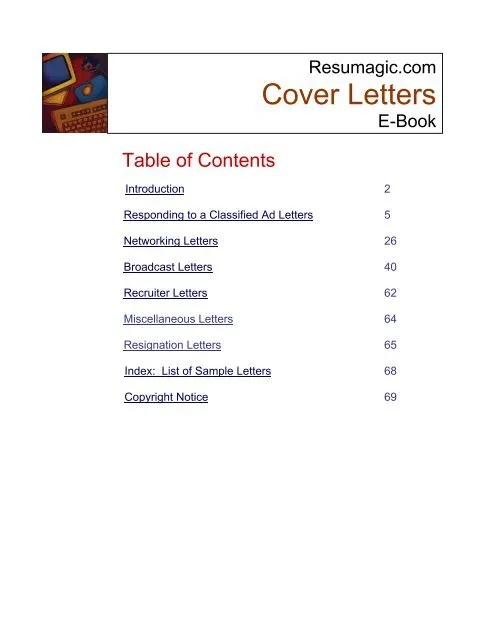
The body of your cover letter should consist of several paragraphs that highlight your skills, experience, and interest in the position. Focus on tailoring each paragraph to match the job description and demonstrate how your qualifications align with the employer’s needs. These paragraphs are your opportunity to tell your story and show how you can contribute to the company’s success. Be enthusiastic, professional, and concise in your writing. Each sentence should serve a purpose, adding value to your overall narrative and supporting your application.
First Paragraph
Start with a strong opening paragraph. Mention the position you are applying for and how you found the job posting. Briefly state your main qualifications and your enthusiasm for the role and the company. Grab the reader’s attention by clearly stating why you are writing and what you hope to achieve. Make your first impression count by highlighting your key skills and indicating your excitement about the opportunity. The opening paragraph should set the tone for the rest of your letter, ensuring that the reader is immediately engaged and wants to learn more about you.
Second Paragraph
In the second paragraph, highlight your relevant skills and experience. Focus on what makes you a great fit for the job and provide specific examples of your achievements. Use the job description as a guide to identify the key requirements and tailor your content accordingly. Use action verbs to describe your accomplishments and quantify your results whenever possible. This paragraph is where you demonstrate your value and show the employer what you can bring to the table. Show, don’t tell, by providing evidence of your skills and how they have benefited previous employers.
Third Paragraph
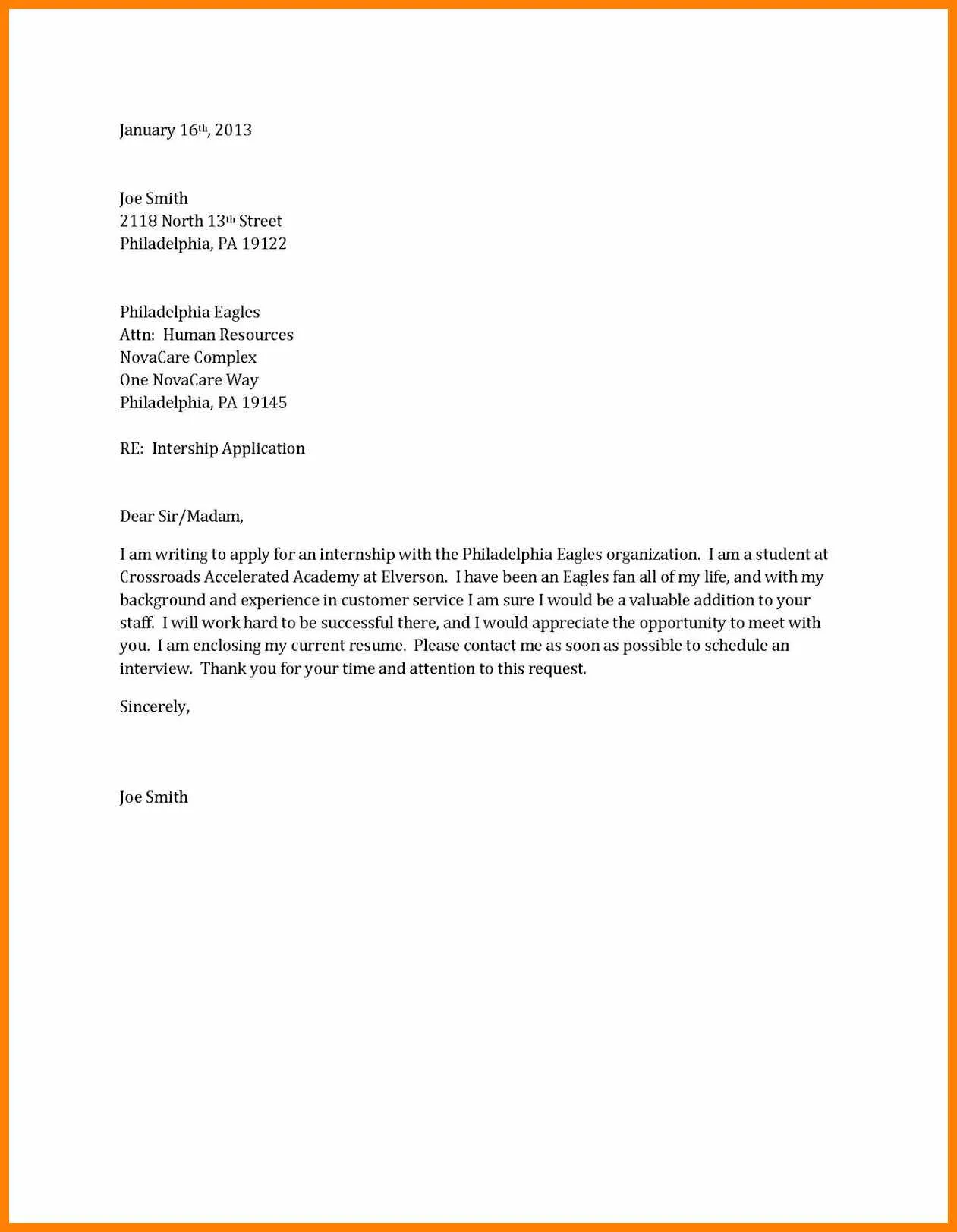
In the third paragraph, explain why you are interested in the specific company and the role. Showcase your knowledge of the company’s mission, values, and recent achievements. Demonstrate that you have done your research and are genuinely excited about the opportunity. Explain how your goals align with the company’s objectives and what you hope to achieve in the role. This paragraph shows your dedication and proactive approach, making you a more desirable candidate. Personalize your message to show that you are not just sending a generic application but have a specific interest in the company.
Closing Paragraph
Conclude with a call to action. Express your enthusiasm for an interview and reiterate your interest in the position. Thank the hiring manager for their time and consideration. Provide your contact information again, making it easy for them to reach you. Keep your tone professional and confident. The closing paragraph should leave a positive and lasting impression, encouraging the hiring manager to contact you. End your letter with a strong sense of readiness and optimism about your future with the company.
Closing
Use a professional closing such as “Sincerely,” “Best regards,” or “Thank you.” Avoid casual closings like “Cheers” or “Best.” Always sign your name, and ensure your signature is legible. If sending a digital cover letter, it is appropriate to type your name below the closing. A professional closing adds to the overall polished look of your cover letter. It shows respect for the hiring manager and reinforces the professional image you are presenting throughout your application. Maintain a formal and polite tone.
Proofreading and Editing
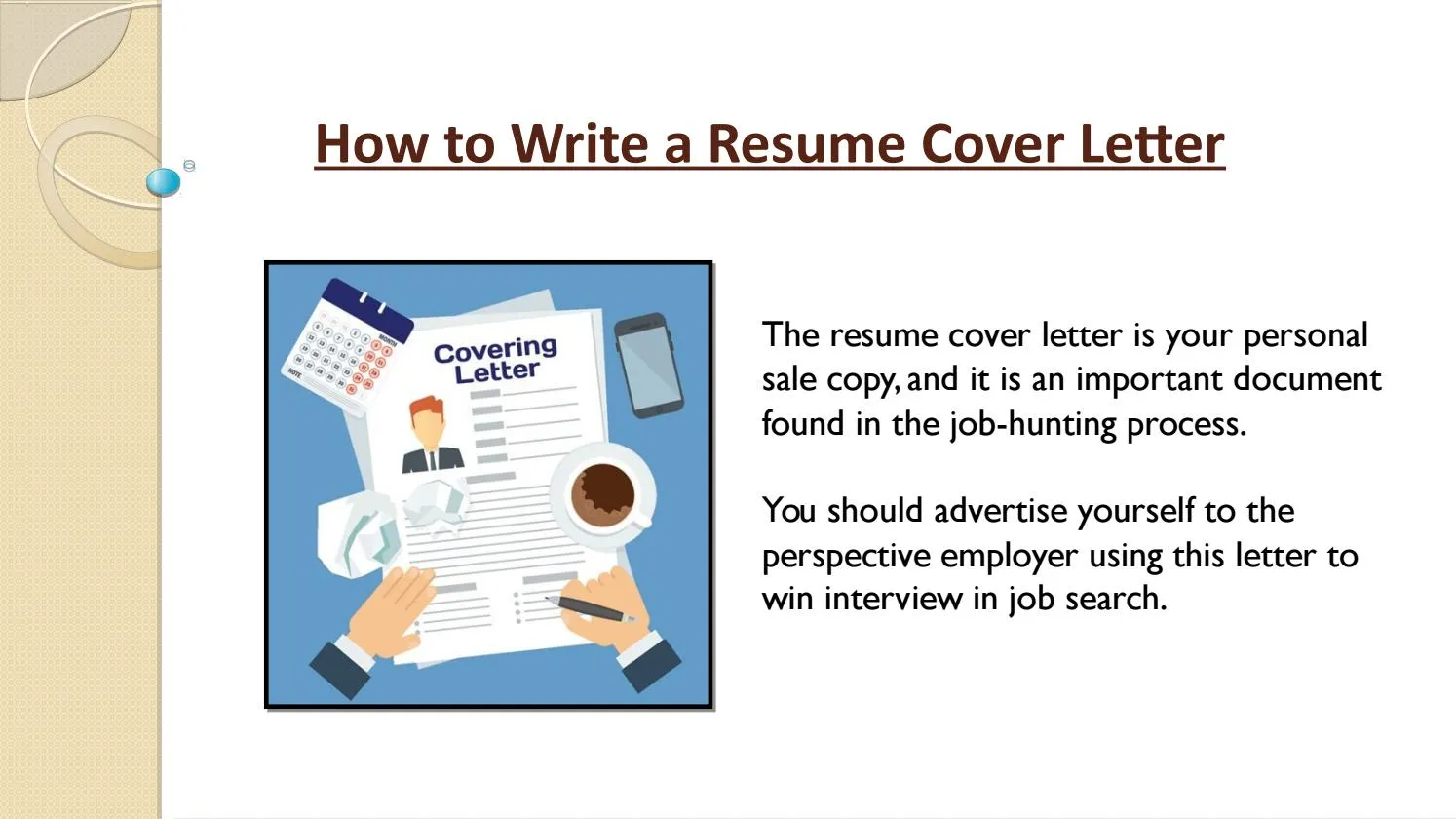
Proofreading and editing are critical steps in writing a cover letter. Carefully review your letter for any grammatical errors, typos, or inconsistencies. Make sure the tone is consistent throughout and that the language is clear and concise. Ask a friend or family member to proofread your cover letter for a fresh perspective. A polished, error-free cover letter demonstrates your attention to detail and professionalism. It reflects your commitment to producing quality work and can make a significant difference in your job application.
Key Elements of a Strong Cover Letter
To make your cover letter stand out, you need to incorporate key elements that will showcase your qualifications effectively. These elements include highlighting your skills and experience, quantifying your achievements, and tailoring your letter to the specific job description. These components work together to present a comprehensive view of your capabilities and make a compelling case for your candidacy. By focusing on these elements, you increase the chances of your cover letter making a positive impact on the reader and securing an interview. Proper formatting and inclusion of these elements is your ticket to success.
Highlighting Skills and Experience
In your cover letter, focus on highlighting the skills and experience that are most relevant to the job requirements. Review the job description and identify the key skills and qualifications the employer is seeking. Provide specific examples from your work history that demonstrate your proficiency in these areas. Use action verbs to describe your accomplishments and quantify your results whenever possible. Emphasizing your skills and experience shows how you can contribute to the company’s success, making you a more attractive candidate. This focused approach directly addresses the employer’s needs and increases your chances of success.
Quantifying Achievements

Quantify your achievements whenever possible. Instead of simply stating you improved sales, provide specific numbers and metrics, like “Increased sales by 15% in one quarter.” Using measurable results makes your accomplishments more impactful and shows the tangible value you bring to a company. Include relevant data to support your claims, such as percentages, dollar amounts, or other quantifiable outcomes. Quantifying your achievements provides concrete evidence of your abilities and demonstrates your ability to make a significant impact. Use numbers in your letter to highlight your value.
Tailoring to the Job Description
Tailor your cover letter to match the specific job description. Each cover letter should be customized to the specific position you are applying for. Review the job description carefully and identify the key requirements and keywords. Address these requirements directly in your cover letter, explaining how your skills and experience align with the job’s needs. Research the company and tailor your letter to reflect its values and culture. Tailoring your cover letter demonstrates your genuine interest in the position and shows the employer that you have taken the time to understand their requirements. It can make a positive impact on the reader and greatly improve your chances.
Common Cover Letter Mistakes
Avoiding common cover letter mistakes can significantly improve your chances of getting noticed by hiring managers. Some frequent errors to avoid include generic content, typos and grammatical errors, and failing to address the job description. By paying attention to these details, you will create a professional and impactful cover letter that highlights your strengths and increases your chances of landing an interview. Careful crafting and revision will help eliminate mistakes and make you look more professional and presentable to employers.
Generic Content

Avoid using generic content in your cover letter. A generic cover letter, one that could be sent to any company or position, will not make a positive impression. Tailor your letter to the specific job and company. Research the company, and express your genuine interest in the opportunity and why you want to work for them. Demonstrate your knowledge of the company’s mission, values, and recent achievements. Generic content indicates a lack of effort and a lack of real interest in the role. Demonstrate your individual touch and genuine desire for the specific role in your letter.
Typos and Grammatical Errors
Typos and grammatical errors can undermine your credibility and professionalism. Always proofread your cover letter carefully. Run a grammar and spell check, and ask a friend or family member to review it for a fresh perspective. Make sure the language is clear, concise, and grammatically correct. Errors indicate a lack of attention to detail and can negatively impact the hiring manager’s perception of your abilities. Errors can make you look less professional and prevent you from standing out. Proofreading is essential and will make the difference.
Ignoring the Job Description
Do not ignore the job description. The job description provides essential information about the required skills, qualifications, and responsibilities. Carefully review the job description and tailor your cover letter to address these requirements. Highlight your relevant skills and experience and provide specific examples that demonstrate your ability to meet the employer’s needs. Ignoring the job description suggests you are not a good fit for the position or that you have not put enough effort into your application. Ensure your cover letter directly reflects the requirements of the specific role.
Cover Letter Formatting Tips
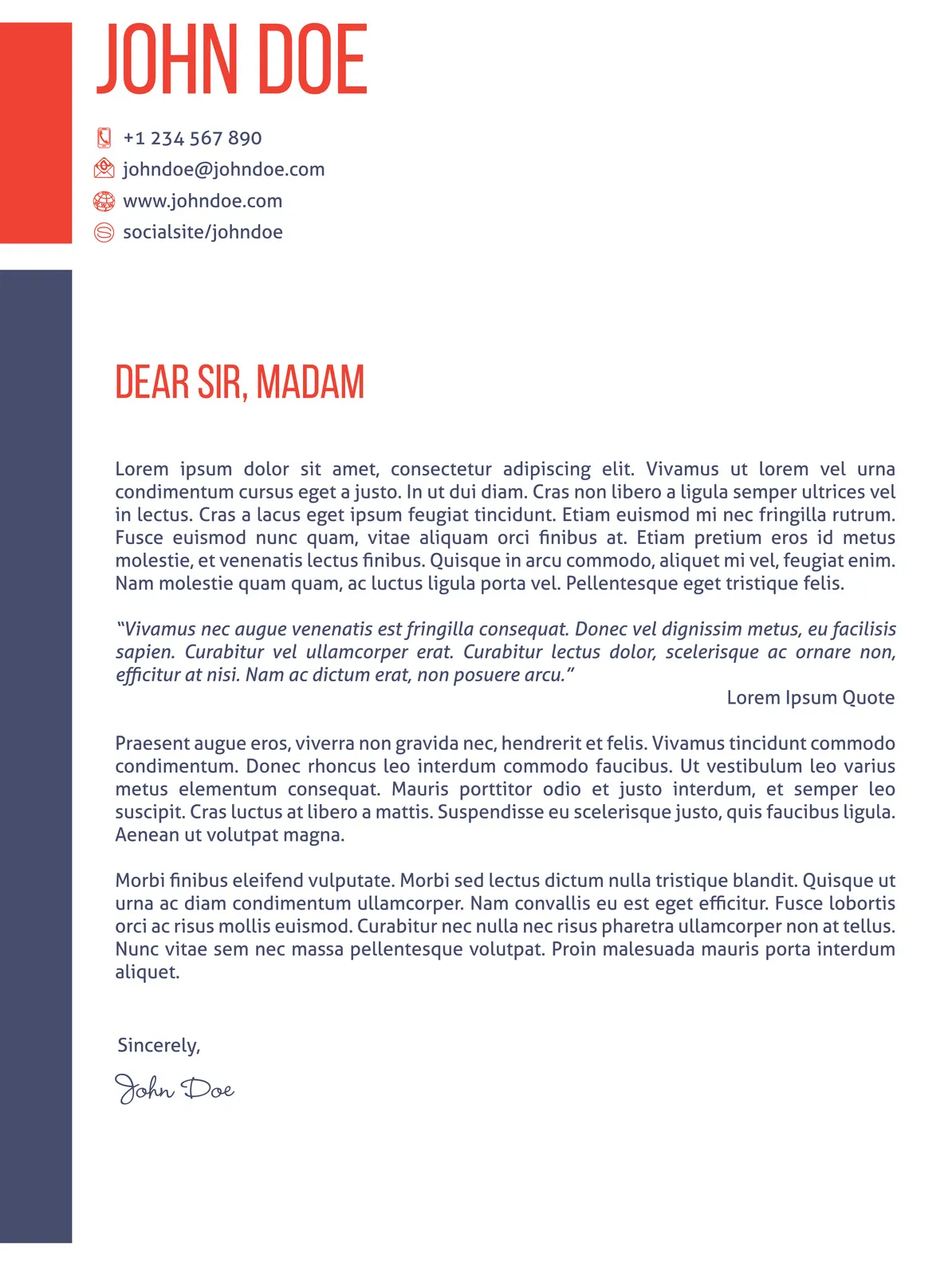
Proper formatting is essential for creating a professional and readable cover letter. Consider the font and font size, margins and spacing, and file format to make your cover letter easy to read and visually appealing. Proper formatting enhances the overall presentation and increases the likelihood that the hiring manager will read your letter thoroughly. Formatting matters; it should be clear, concise, and look professional, presenting your capabilities and boosting your application.
Font and Font Size
Use a professional and readable font, such as Times New Roman, Arial, or Calibri. The font size should be between 10 and 12 points. Avoid using overly decorative or unconventional fonts, as they can make your cover letter difficult to read. A clean and clear font contributes to the overall professionalism of your cover letter. Ensure that your font choices are consistent throughout the document and easy for the reader to understand. The goal is to make the information accessible and the reading experience pleasant for the reader.
Margins and Spacing
Set your margins to one inch on all sides. Use single spacing within paragraphs and double spacing between paragraphs. This formatting provides a clean and uncluttered look, making the cover letter easier to read. Avoid overcrowding your text or making your cover letter appear too dense. Proper margins and spacing improve the readability of your cover letter. Ensure your content is easily accessible to the reader, contributing to the overall professionalism of your application. Maintain a balanced visual appearance.
File Format
Save your cover letter in a professional file format, such as PDF. A PDF (Portable Document Format) will preserve your formatting and ensure that your cover letter looks the same regardless of the recipient’s device or software. Avoid sending your cover letter in a format like DOCX unless specifically requested. When you submit your documents in PDF format, your application will look more professional, and you will show that you pay attention to detail. It is an easy step that helps your application and makes you stand out.
